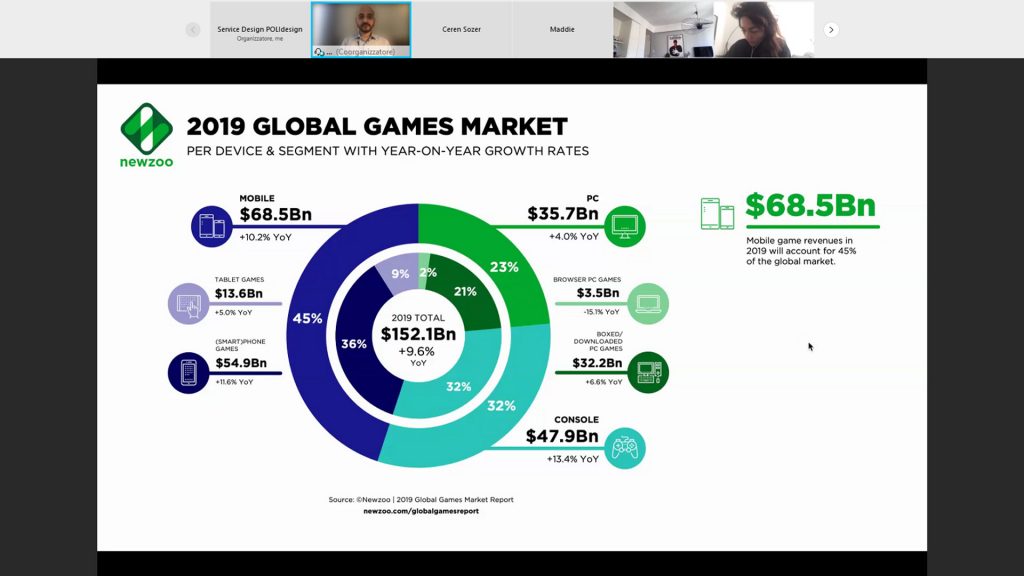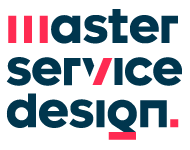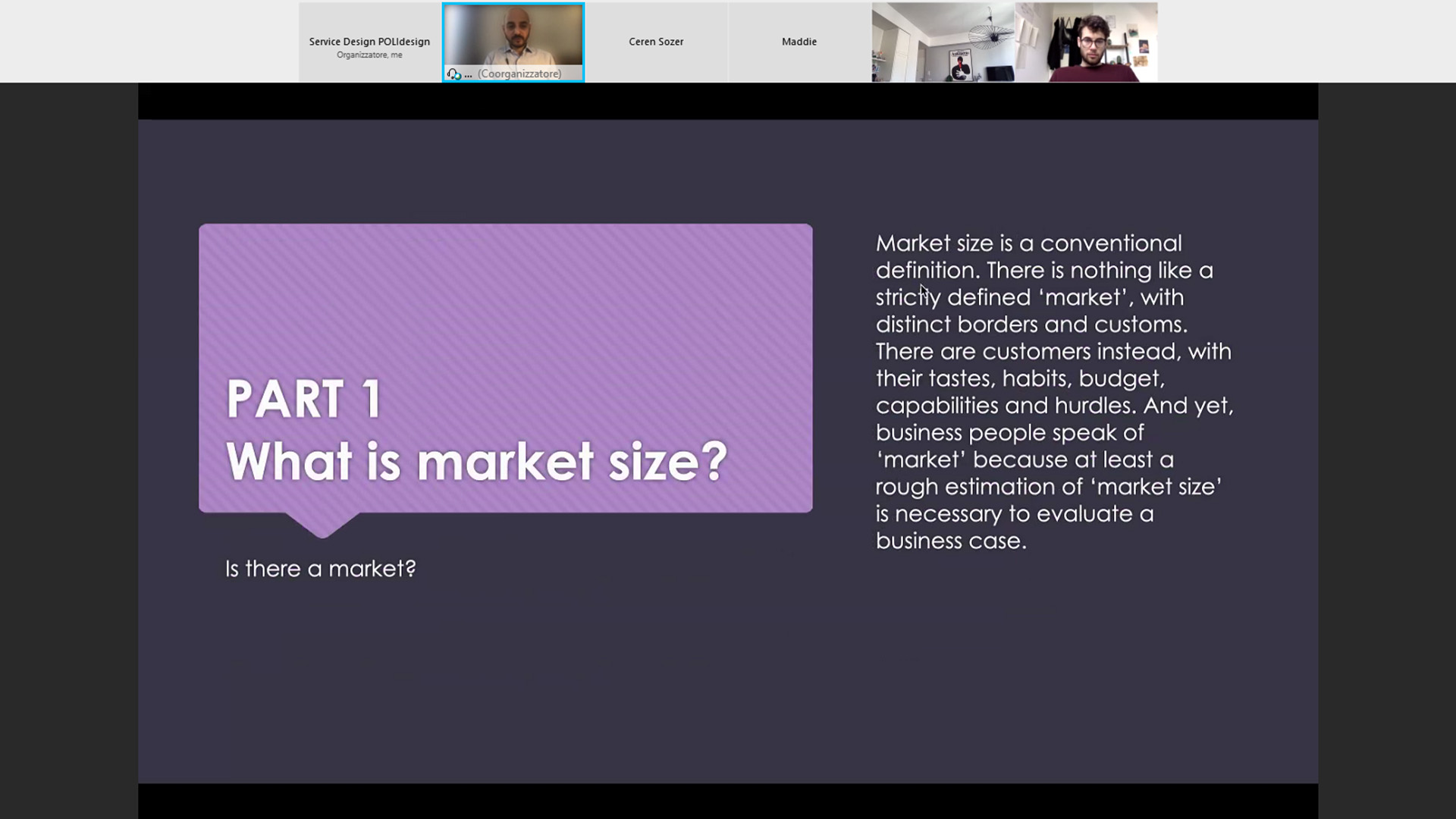As part of the Business Design training area of POLI.design, the Specializing Master in Service Design has a particular focus and a pragmatic approach toward the business side of a service idea. That's why we have a module, held by Paolo Lombardi, that deals with the basics of business models in the service sector and aims to create in our students the ability to draft a business case including financial projections.
The first part, started today, introduces the very basic of service economy showing concepts as:
- Return on Investment (ROI): How many €€€ will we get for each € invested? (Expressed as a multiplier: 2x 10x 8.5x);
- Breakeven Point: How many sales do we need to cover costs? (Expressed in units sold or clients served);
- Payback Period: How long will it take to recoup the investment? (Expressed in time).
Specific lessons will also tackle market size and segmentation, top-down and bottom-up market estimations, budgeting and margins basics, value proposition, and other important key notions. Paolo will also introduce tools like the business model canvas and the lean canvas.
To better understand these fundamental learnings and how to use the tools, the participants will form groups and work on a real project, of which they will design a business model and perform competitive landscape analysis. The teams have to choose between two business cases: "The new restaurant" and "Klarna". The teams have to fictionally defend their idea in front of the company's top management and get funding for their project. So the goal is basically to inform a go/no-go decision based on economics following the "5M Model":
- Market – How big is the opportunity?
- Model – How do you make margins?
- Meaning – Why would clients choose you?
- Money – How do you pay for it?
- Multipliers – How do you scale the business?
Let's start with the first step, the market, understanding of how big the universe is for your business type (Total Available Market, TAM), how big is your business universe (Serviceable Available Market, SAM), and how much you will get (Share Of Market, SOM). As each class will address one of the "Ms" of the model, so will the group projects' steps. This structured and step-by-step method aims to achieve the fundamental learnings of how to: assess the market opportunity for a new service, represent and design a business model, perform competitive analysis, forecast financial projections, and defend a business case for a new service. The second part of the module will take place in May, have a good job!


